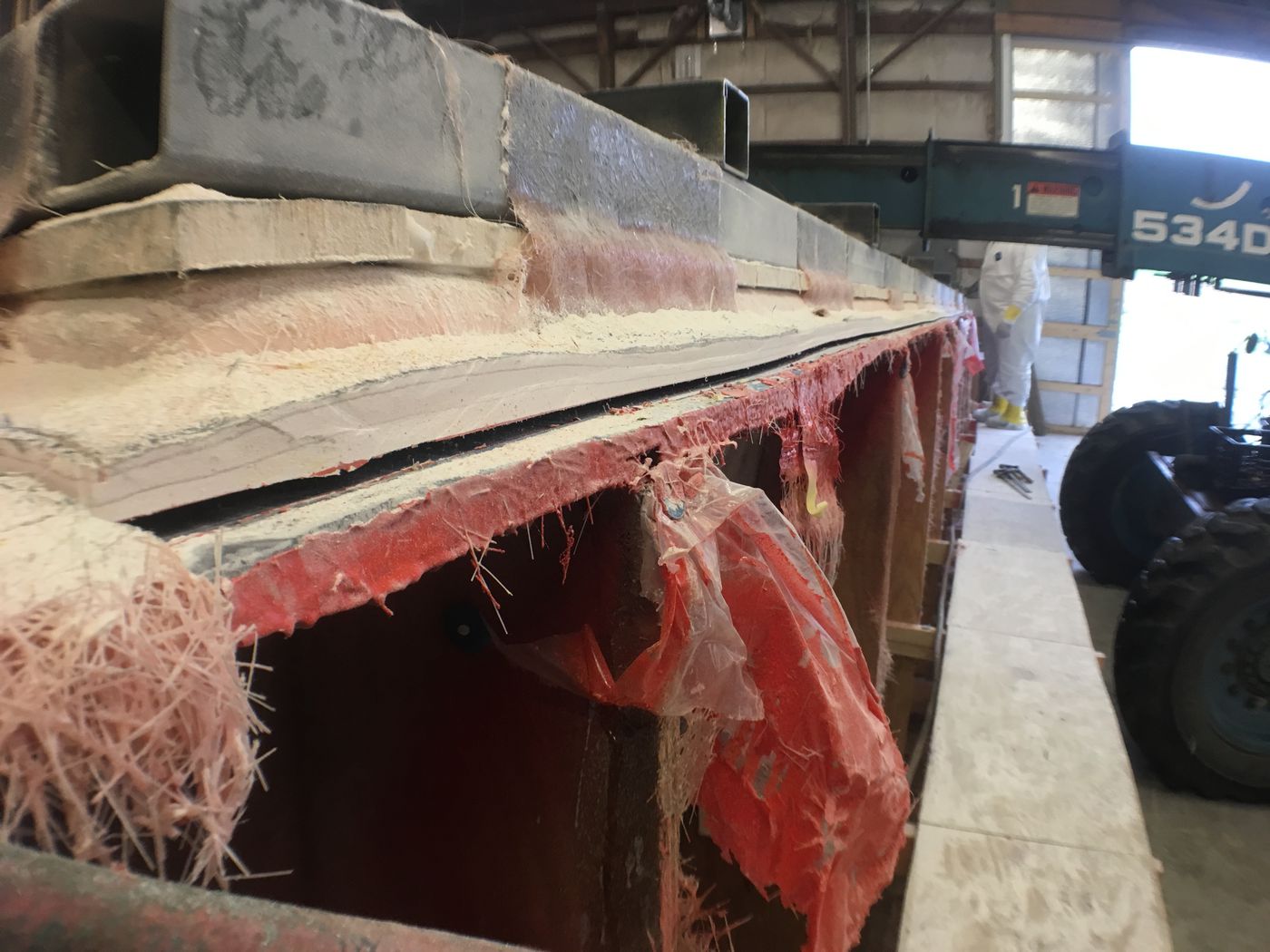
What is the Proper Thickness of a Fiberglass Pool?
Fiberglass Pool Information | Installation & Construction
If you’ve following our fiberglass pool manufacturing series to this point, you know we’ve already covered:
1. Step One: The importance of Proper Mold Preparation
2. Step Two: Manufacturers guidelines for Gel Coat Application
3. Step Three: The Importance of the Vinyl Ester Resin Layer of a Fiberglass Pool
Today we’re going to discuss the fourth and final stage of fiberglass pool construction:
The Bulk Layer of Laminate
We have shot our surface layer (gel coat), and we have our water barrier (vinyl ester resin layer), now it’s time to add raw strength to the pool.
How is This Done?
Typically two ways:
1. With large sheets of fiberglass matt, or woven roving, that are hand laid on the pool shell then wetted with a general purpose (usually polyester) resin. After each layer is applied, the fiberglass is hand rolled to remove any air bubbles that may be present.
or
2. With fiberglass "chop" that is blown onto the pool and simultaneously mixed with resin. This is the same process used to apply the vinyl ester layer to the pool, the only difference being the type of resin used. The same process of hand rolling is critical to ensure all air is removed from the layers of laminate.
How Many Layers are Added?
Anywhere from four to eight layers of fiberglass matt are applied, and as much "chop" as needed to reach the desired thickness. Some areas of the pool require more strength because they come under greater stress when the pool is full of water. These areas, such as the transition from the floor to the side wall, steps, seats, and corners, will be thicker so they can better accommodate the load placed upon them.
How Thick is the Bulk Layer of a Fiberglass Pool?
This final layer of laminate is typically an average of 100 to 120 mils thick.
How Thick is the Entire Pool?
Most fiberglass pool manufacturers aim for a total pool thickness of between 3/16” and 3/8”. The key is to achieve a proper balance of strength and flexibility. Most manufacturers try to achieve a strength to flexibility ratio of about 70/30.
What Happens if the Pool is Too Thick or Thin?
The key to building a great fiberglass pool is finding this balance between strength and flexibility. The pools must be strong enough to handle the loads placed upon them while in the ground, but must also be flexible enough to withstand the pressures of lifting and leveling.
The way to achieve this balance is manufacturing the pool to the correct thickness:
- If the pool is too thin it has more flex but not enough strength. This can result in many problems such as structural failures in the pool shell or gel coat cracks that occur from simply lifting and transporting the pool.
- If a pool is too thick, it has more strength but not enough flex. This presents rigidity problems with lifting, shipping, and leveling the pool because it simply can’t flex and move the way it needs to without breaking.
As you can tell, pool thickness is one of the most important aspects of fiberglass pool manufacturing, and frankly most manufacturers do a great job at producing a consistent product. As fiberglass pools have become more popular over the past decade, and as manufacturing processes become more and more advanced, fiberglass pool manufacturers have reached new heights in terms of producing quality products that stand the test of time.
If you would like to learn more about the fiberglass pool manufacturing process you might want to check out the first three parts in this series:
- Defects in Fiberglass Pool Gel Coat and How to Prevent Them!
- Fiberglass Pool Gel Coat Problems and Manufacturer Solutions
- What Causes Osmotic Blisters in Fiberglass Pools?
If you live in Virginia or Maryland and would like more information on inground pools, contact us—we'd be thrilled to help you on your pool journey!
Please feel free to join the conversation by leaving a question or comment below.
Thanks a bunch!
At River Pools, we manufacture world-class fiberglass pools for customers across North America. If you'd like to get a fiberglass pool for your home, you can browse our catalog of models, try out our pool pricing calculator, request custom pricing, or download our free ebook below.
Up Next:
Fiberglass Swimming Pools 101: Manufacturing, Cost, and More
How Much Is My Fiberglass Pool Really Going to Cost?
Shopping for a Fiberglass Pool Shell? 6 Things to Look for




